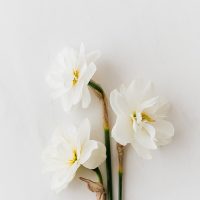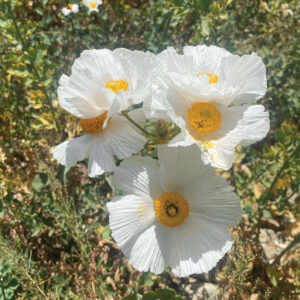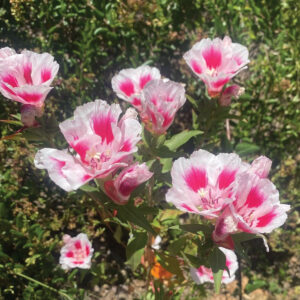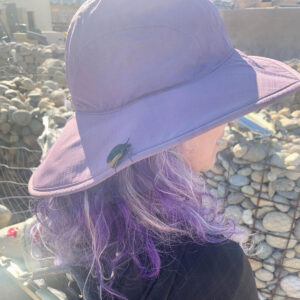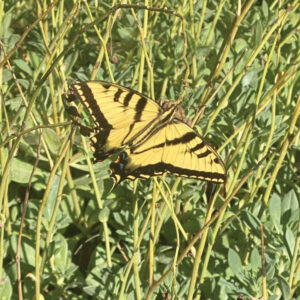Southern California shade gardens would not be complete without the addition of beautiful Camellia plants. They are a wonderful evergreen shrub for a well watered garden that adds lush elegant blooms and glossy green foliage, however it is important to take their needs into consideration in both planting and continued care.
Camellias prefer well-drained soil that is slightly acid (5.5 – 6.5 are ideal however 7 and under should work) with lots of compost material, their roots need to breathe (like most plants) so dry hard soil or wet and soggy soil will promote root rot and kill your beautiful plants. Peat moss, and oak leaf mold both provide humus and lower the pH to more acid ranges. Commercial Azalea/Camellia mixes are also a great source of planting material for your plants.
There are two main types of Camellia, japonica and sasanqua. Sasanqua is often called a ‘sun camellia’ because it will take some more sun than the other varieties, still it is best to keep your Camellia in dappled sun and if it is in a location that gets some full sun it should only be during the morning hours.
Since Camellias have surface roots they can be seriously hurt if you cultivate around the roots, the mulch really helps in this case – keeping weeds down and keeping the roots warm in winter and cool and moist in the summer. Camellia’s dormant season is from about early September until they have bloomed, they then begin their growth cycle around April. When the camellia is dormant it is not able to tolerate fertilizer that produces growth (nitrogen) so don’t fertilize during it’s dormancy, you can kill it that way. That being said, the dormant season is a good time for repotting and transplanting camellias in the ground. October is a great time because they are dormant and the summer heat SHOULD be over (hope this is the last week!) they also have a great start with months in which to develop strong roots and acclimate before next year’s growing season starts.
It is important to prune camellias, pruning is done to keep the camellias to a specific size (regular pruning is important if you are planning to keep them smaller than they grow other wise you will prune off the wood where the blooms grow), create space for blooms to grow and open fully, and for the camellias to allow some branches to grow thick to support the weight of their beautiful blooms. As with roses, begin by pruning out dead wood and cross branches, next you may need to thin out the remaining branches. If your camellia has not be pruned for a few years it may have inferior blossoms because the green canopy is not allowing enough light in to produce larger stellar blossoms – thin them out!
You may also find that you need to disbud in order to produce great blooms – if you are not a camellia collector you may prefer many smaller blossoms… your choice. The less buds you have the bigger your remaining flowers will be so selectively removing buds could be in order.
If you are growing your camellias in containers make sure that you re pot (up) every two or three years. The soil can become heavy with years of water and will not hold nutrients. Also, you want to allow your camellia to grow gradually within each container – if you plant your camellia in too large a pot you will surely end up with root rot, it’s just too easy to over water. Your container needs to have adequate drainage (remember they don’t like wet feet) – and like most of my pots I like to put a layer of gravel in first. Use Azalea Camellia mix in your pots, you don’t need any native soil it will just bind up the roots of your camellia sooner and can cause problems. Each time you repot your camellia trim the roots and inch or two and repot with fresh potting mix. Once your camellia is in it’s full size container (many years) you should continue to repot every three years or so.
Your camellia needs high acid fertilizer but only during it’s growing season. You can purchase a commercial fertilizer (organic preferred) or you can mix cotton seed meal (four parts) with one part iron. Make sure that you don’t have too much nitrogen – so check your labels. Make sure that your camellia (as with all plants) is well watered before you fertilize it and that you do not over feed. Over feeding in weather over 90 degrees can be especially dangerous as the plant will draw in a lot of fertilizer quickly and can be damage. Remember only fertilize between April and September!
For more about my designs: thegrassisalwaysgreener





